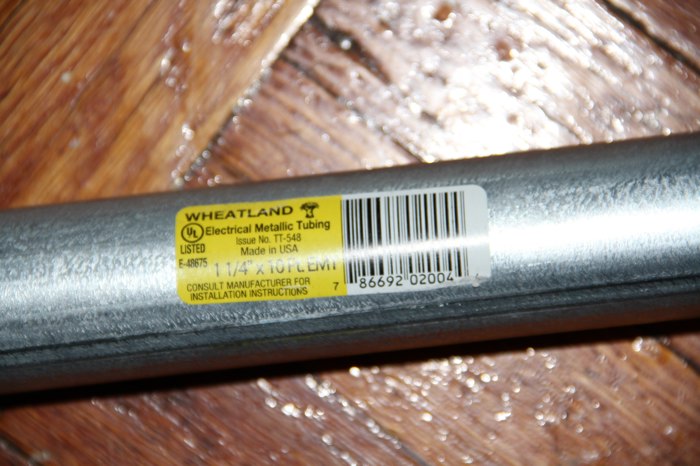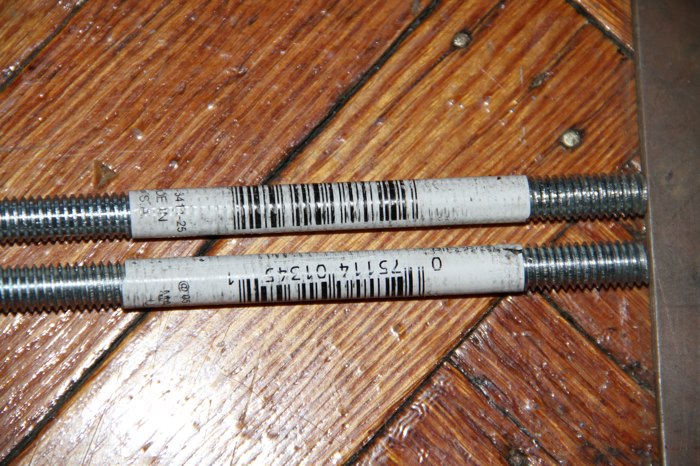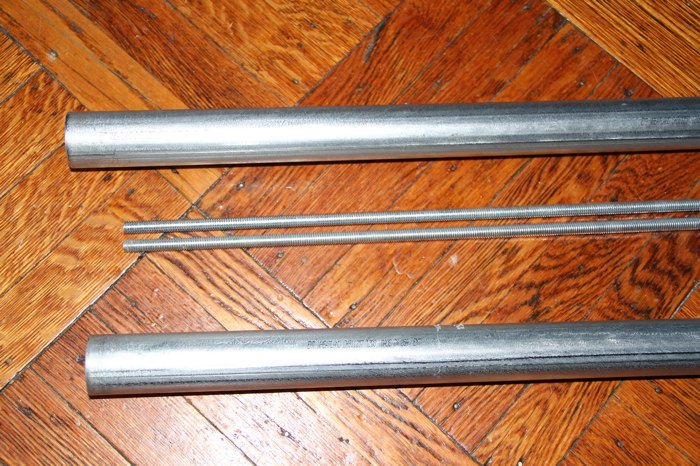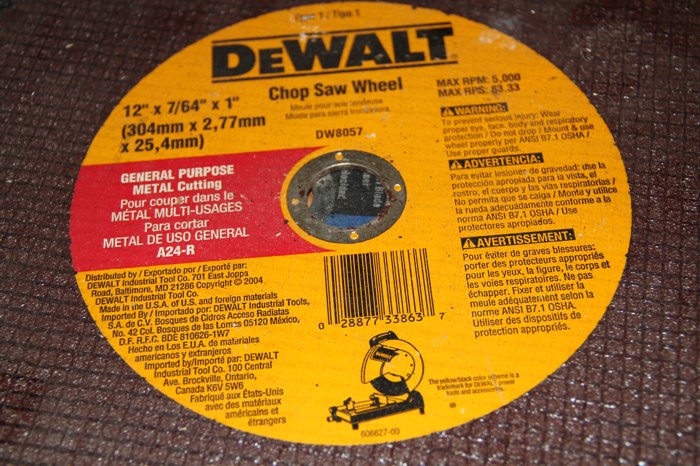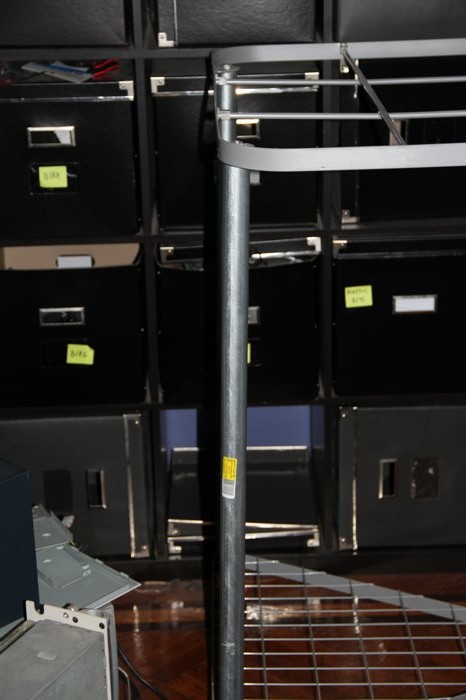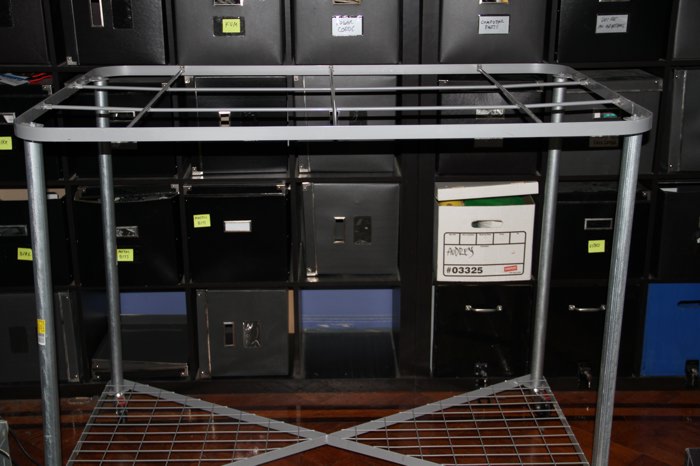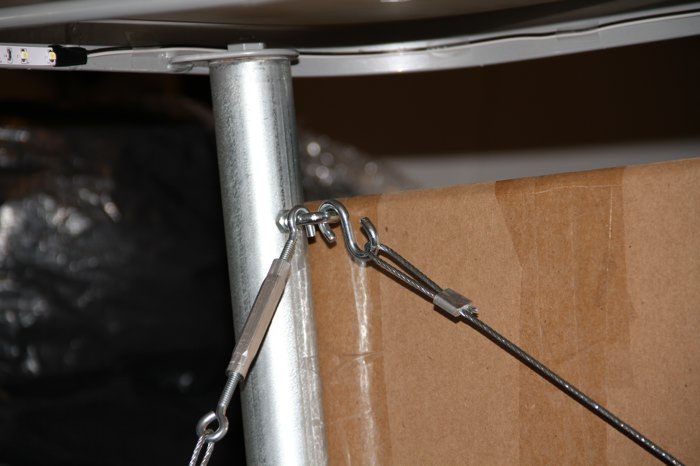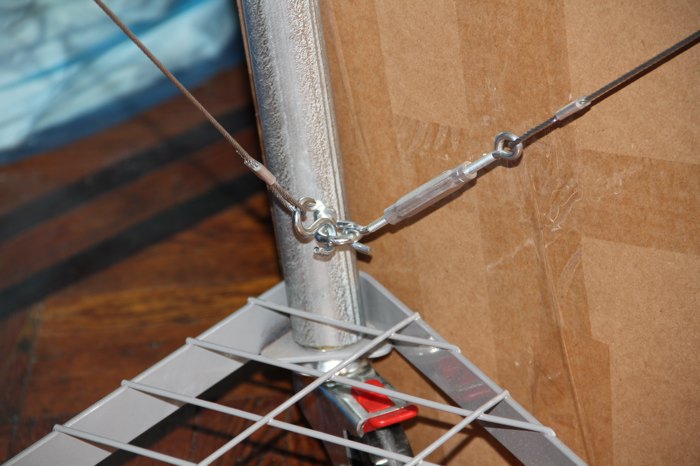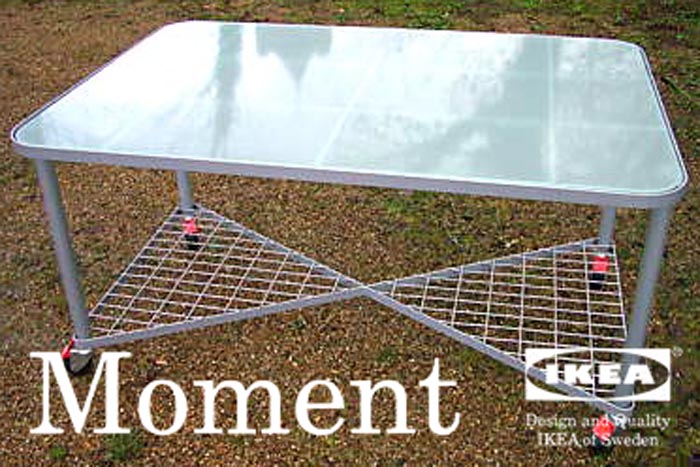
I own a bunch of these classic Ikea Moment Computer desks that were introduced (and since discontinued) in 2004 or so. I love them for their metal and glass simple design, plus, since they're on wheels, they can be moved about to reconfigure a space quickly. In fact, I've posted the instruction manual for these legacy Desks on my blog.
Converting to a Standing Desk
I'd converted to a standing desk many months back, to much success. While the initial shock of being on your feet all day wore off, I found plenty of benefits with my new work posture, plus relished in the thought of all those extra calories I'll burn as I stand all day. (One caveat: if you do convert to a standing desk, get a anti-fatigue mat to stand on - your feet will thank you!)
My old standing desk was a custom built-stand with a solid-core door desktop. It worked and was durable, but I found it to be top-heavy, and tended to twist with very little effort. I also disliked how much it seemed to shake when I leaned against it while working (I tend to belly-up to the desk and type).
I wanted to see about converting one of my beloved Ikea Moment Desk into a standing version.
Some Basic Table Engineering
The Ikea Moment Desk's four legs are a thinner solid threaded rod that screws into the top frame with a larger tube around the rod to give twist and shearing support. The bottom is bolted down tight, forcing the entire desk to become very strong and square. The tubes outer diameter is 1.58", so in order to make longer legs, I'd need similar tubing.
A trip to the Home Improvement Store got me (2) 10 foot sections of 1.25" Electrical Pipe, at $9 each. They're only very slightly smaller in diameter than the original tubing. I also grabbed (2) 10 foot sections of threaded rod ($7) that was compatible with the old threads. I double checked this by bringing a bolt from the desk along with me when I visited the store.
Once I got it home, I measured the old height of the legs to determine my new leg lengths. In my case, I chose 38.75", so my tabletop would be at 43.75" (which is also coincidentally about 1-2" under the height of my elbow when I stand, and I'm 6 feet tall.) The threaded rod needs to be an inch and a half longer than the tube. I got out my metal cutting blade for my chop saw to make the cuts.
To say the least, these throw off a ton of dangerous sparks when cutting - wear safety goggles!
I finished the rough cut edges using a hand file and a bench grinder. This got rid of the super-sharp edge and removed the detritus from inside the cut. I then proudly assembled my desk, and was immediately disappointed.
As you can (maybe) see from the pictures above, it seemed a bit off. Since my chop-saw cuts were far from exact 90 degree angles, and the pipes were just a tad smaller than the design called for, it seemed askew. While it seemed as if it would hold the glass top and work fine, I decided to over-engineer the desk to ensure a solid, square work surface.
Cross-Bracing the Legs with Wire and Turnbuckles
Another trip to the Home Improvement Store to buy (8) Eye-bolts, S-Hooks, Turnbuckles, 25 feet of 3/32 inch Wire Cable along with some fasteners.
I drilled holes about 3 inches from each end of each standing tube leg, then bolted the eye-bolts in each end. These eye-bolts is where the cross-bracing wire would be attached. I reassembled the desk as per the instructions, then used the cables, with turnbuckles and s-hooks on either end to make cross bracing across the back, as well as the left and right sides.
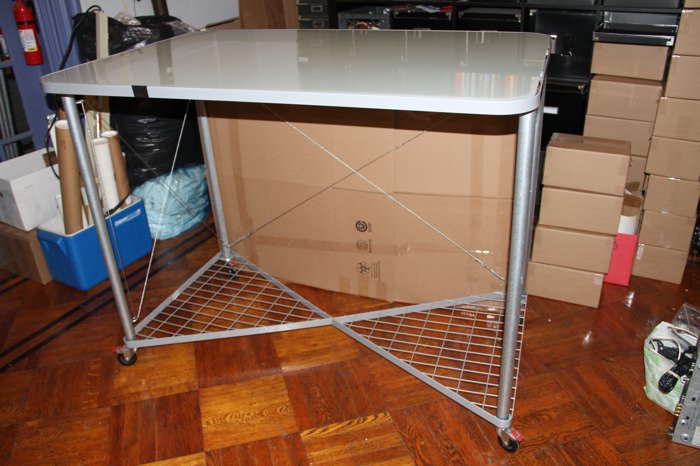
Now, my beautiful glass-topped Moment standing desk is square and true, doesn't shake or shimmer at all, and is still on four wheels for freedom to move it for the occasional under-desk clean-out of candy wrappers. All said and done, the total cost was around $50 for the new materials, about a quarter of the cost of this desk initially. It does reduce the functionality of the initial deign, as there is an obvious front, and unuseable back.
